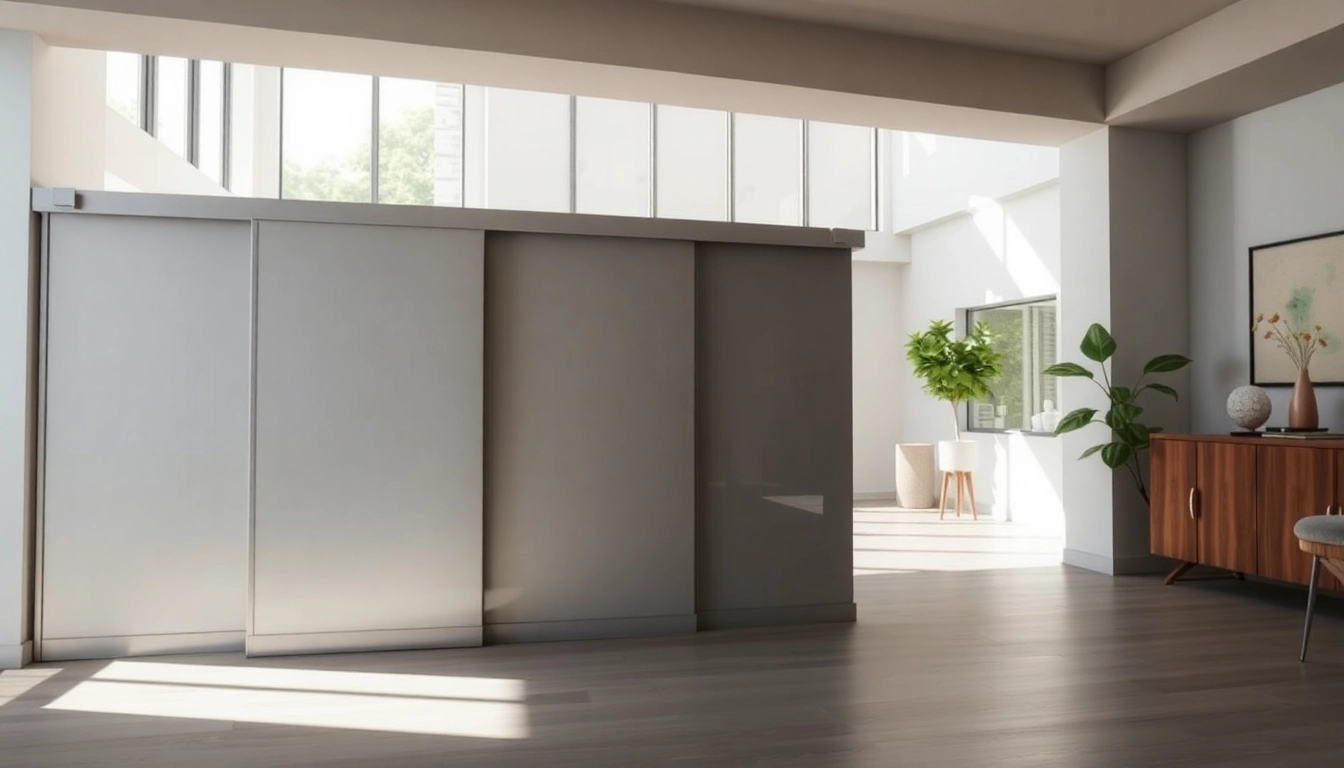What Are Termite Inspections?
Definition and Importance of Termite Inspections
Termite inspections are thorough examinations conducted by qualified pest control professionals to assess a property for signs of termite infestations. These inspections are essential for homeowners and property buyers alike, as termites can cause significant structural damage if left untreated. The primary aim of a termite inspection is to identify existing termite activity or conditions that may lead to infestations, enabling prompt intervention and treatment. Termite inspections help mitigate future risks, preserve property value, and ensure safety within homes.
Key Indicators a Termite Inspector Looks For
When a termite inspector evaluates a property, they look for several key indicators that may signify the presence of termites:
- Visible Damage: This includes checks for hollowed wood, soft spots, and frass (termite droppings) that could indicate infestation.
- Moisture Levels: High moisture levels create a favorable environment for termites. Inspectors examine basements, crawl spaces, and areas around plumbing.
- Wood-to-Soil Contact: Inspectors identify areas where wood might be in direct contact with soil, making it easier for termites to access.
- Termite Tubes: The presence of mud tubes that termites construct to travel between their nests and wood sources is a telltale sign of activity.
- Swarmer Evidence: Termites sometimes shed their wings, and finding these can indicate nearby colonies.
Common Myths About Termite Inspections
Misconceptions surrounding termite inspections can lead homeowners to underestimate their importance. Here are some common myths:
- Myth 1: Termite inspections are only necessary if visible damage is present.
Fact: Termites can cause severe damage before it’s visible; proactive inspections are essential. - Myth 2: All termite inspections are the same.
Fact: Quality varies significantly among inspectors; choosing a certified professional is critical. - Myth 3: Inspections are overly expensive or unnecessary.
Fact: The cost of preventative inspections is minimal compared to the potential damage costs from an infestation.
The Termite Inspection Process
Steps Involved in a Thorough Inspection
The termite inspection process typically follows these steps:
- Initial Consultation: This involves discussing any previous termite history and specific areas of concern.
- Interior Inspection: Inspectors check all accessible areas of the home, including attics, basements, and crawl spaces.
- Exterior Inspection: The inspector evaluates the foundation, siding, and surrounding landscaping for signs of infestation.
- Documentation: Signs of termites, damage, or conducive conditions are documented thoroughly.
Tools of the Trade: What Inspectors Use
Effective termite inspections rely on various specialized tools:
- Moisture Meter: This tool helps in detecting high moisture areas that can attract termites.
- Termite Detection Device: Advanced devices can detect termite activity and infestation deep within wooden structures.
- Binoculars: Useful for inspecting high areas such as rooflines and eaves.
- Flashlights: Essential for examining dark crawl spaces and attics.
How Long Does a Typical Inspection Take?
A typical termite inspection lasts about 45 minutes to an hour, although the duration may vary depending on the size and condition of the property. Larger homes or those with extensive landscapes may require additional time. Completing the inspection thoroughly is essential for accurately assessing any potential termite issues.
Cost Considerations for Termite Inspections
Range of Costs: What to Expect
The average cost of a termite inspection ranges from $75 to $325, with most homeowners paying around $100. Factors contributing to the variance in cost include the complexity of the inspection and regional pricing differences. Many pest control companies offer deals or package inspections that may further reduce costs.
Does Insurance Cover Termite Inspections?
Homeowners’ insurance often does not cover termite inspections since they are typically considered preventative measures. However, some policies may cover termite damage repair if it stems from an infestation that was not detected through previous inspections. Homeowners should review their policies carefully and consult with their insurance agents to clarify coverage specifics.
Factors Influencing Inspection Costs
Several factors can influence the overall cost of termite inspections:
- Location: Costs can vary significantly based on geographic location and competition among pest control services.
- Inspection Type: Additional services, such as treatments or a comprehensive evaluation, may add to the total cost.
- House Size: Larger properties require more time and effort to inspect, increasing costs.
- Company Factors: Established companies with open prices and extensive coverage may charge more due to their reputation and service quality.
Choosing the Right Professional for Termite Inspections
What to Look for in a Termite Inspector
Selecting a qualified termite inspector is critical. Here are factors to consider:
- Experience: Look for inspectors with extensive experience in identifying and treating termite issues.
- Licensing and Certification: Verify that the inspector holds valid licenses and certifications relevant to pest control.
- Reputation: Online reviews and referrals can provide insight into the inspector’s efficacy and reliability.
- Technology Usage: Inspectors using advanced detection technology tend to provide more accurate results.
Certifications and Qualifications to Ensure Quality
When selecting a termite inspector, verify the following qualifications:
- National Pest Management Association (NPMA) Certification: Reflects adherence to industry standards for pest management.
- State Licensing: Requirements vary, so confirm that the inspector meets local licensing laws.
- Specialty Certifications: Additional certifications related to termites and wood-destroying pests demonstrate further expertise.
Questions to Ask Before Hiring
Before hiring, asking the right questions can save time and ensure comprehensive service:
- What tools and methods do you use for the inspection?
- Can you provide references from past clients?
- What happens if you find signs of infestation?
- Do you offer any guarantees or follow-up services?
Post-Inspection: Next Steps and Treatments
Understanding Your Inspection Report
After the inspection, you will receive a detailed report outlining any findings. This report typically includes:
- Observations of any visible damage or signs of activity.
- Recommendations for treatment and preventative measures.
- A diagram illustrating areas of concern.
Understanding this report is crucial to determining your next steps and planning treatment options.
Available Treatment Options for Infestations
If the inspection reveals a termite infestation, treatment options may include:
- Liquid Termiticides: Used to establish a barrier around the property, preventing termites from entering.
- Bait Systems: These systems attract termites, which then take the active ingredient back to their colony, eliminating the population.
- Fumigation: A more invasive method used for severe infestations, where the entire structure is tented and exposed to a gas that eradicates termites.
- Boric Acid Treatments: An eco-friendly option that can be applied to affected areas, damaging the termites’ digestive systems.
Preventative Measures to Avoid Future Infestations
Prevention is key to avoiding future infestations. Consider the following measures:
- Regular Inspections: Schedule annual inspections to ensure timely detection of any termite activity.
- Moisture Control: Address any leaks or pooling water to deter termites.
- Wood Maintenance: Treat wood with preservative chemicals and ensure wood piles are kept away from the home and off the ground.
- Consistent Landscaping: Maintain a barrier of rocks or gravel between soil and wooden structures to limit access.



